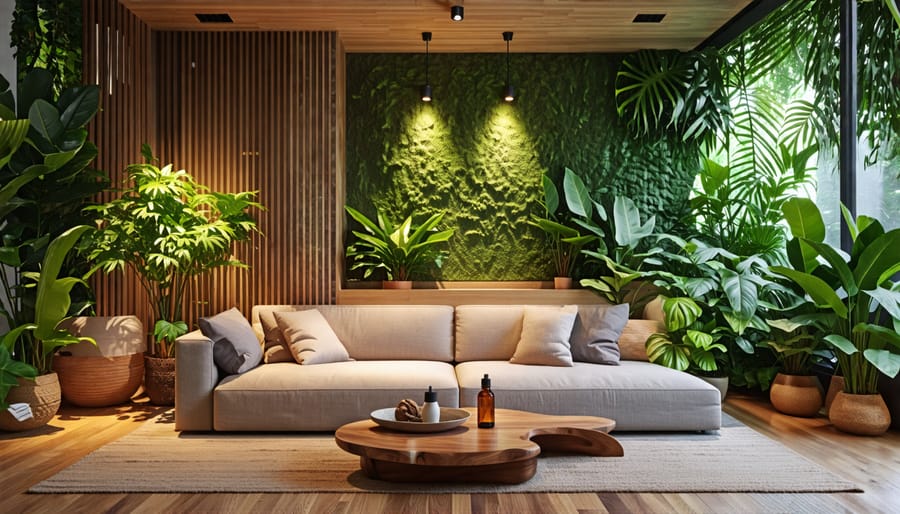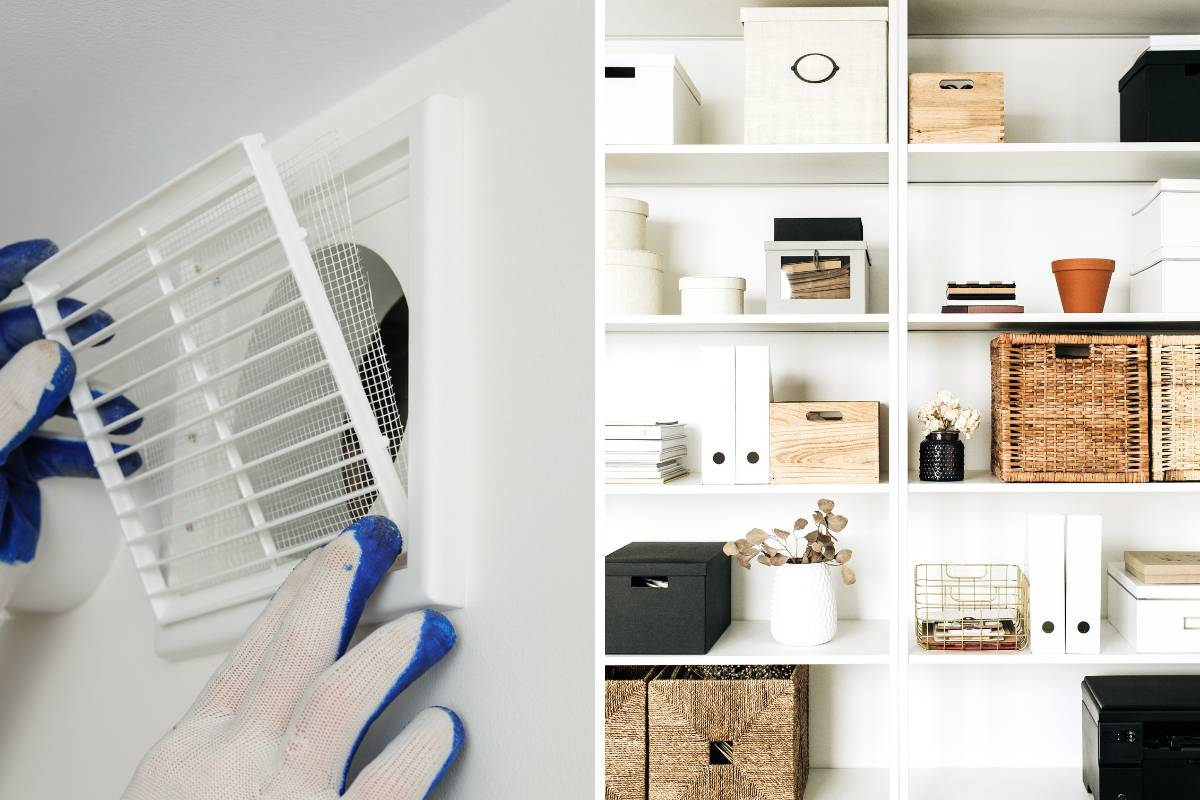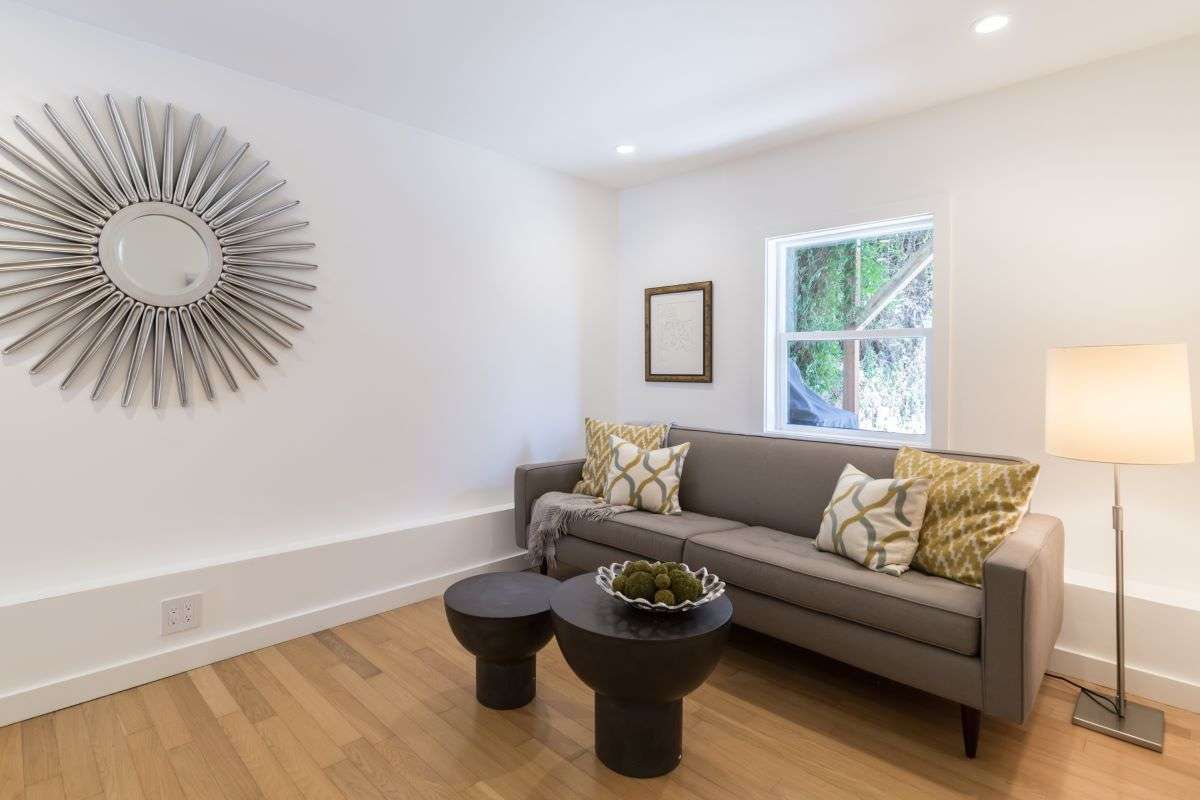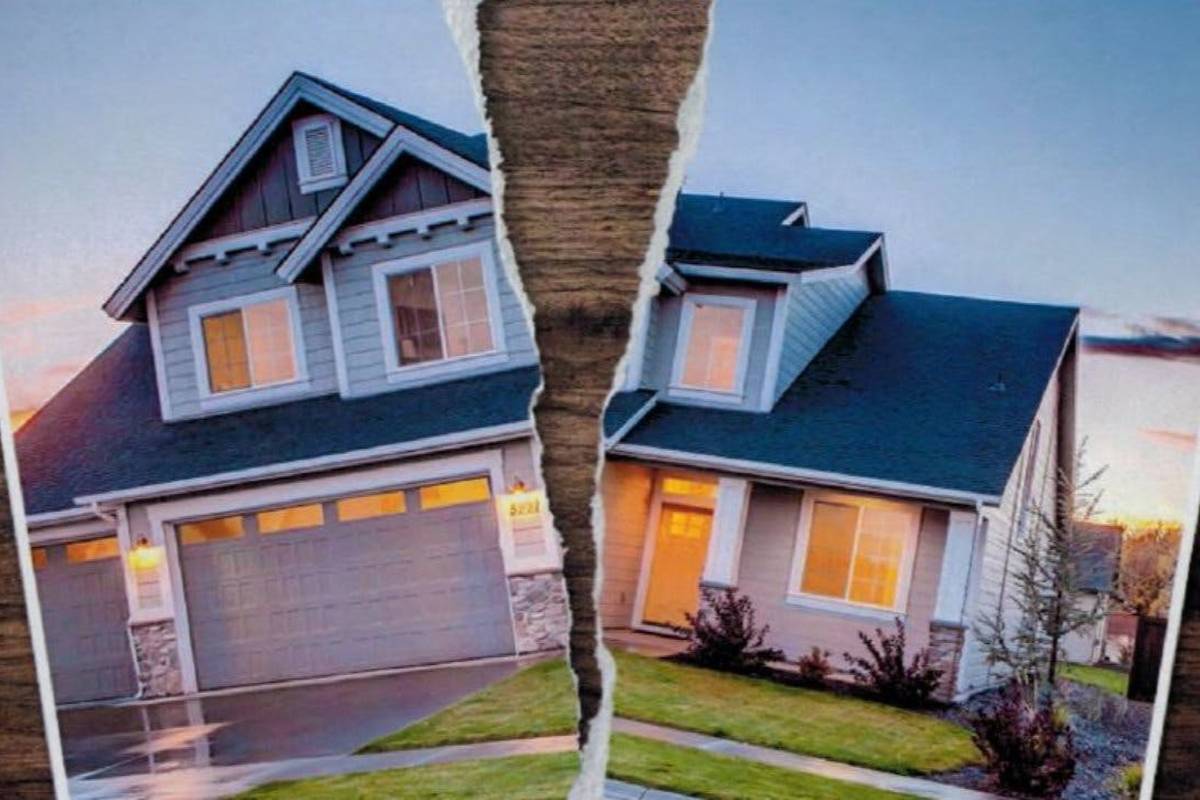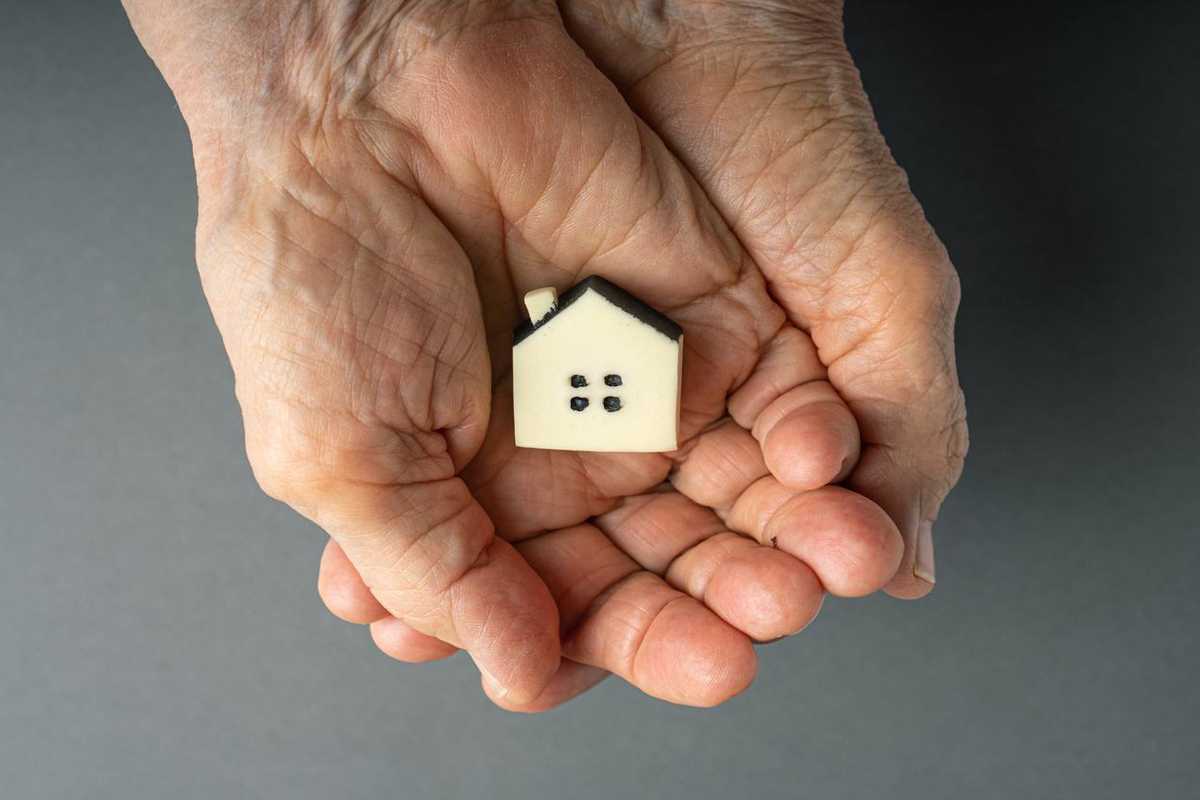Revamp Your Sanctuary: Stress-Relief Renovations Enhanced with Kratom
Enhance air quality by incorporating a variety of houseplants that naturally filter toxins. Opt for essential oils and diffusers to create an atmosphere of tranquility and scent-driven relaxation. Implement lighting solutions like dimmable LED bulbs to adjust brightness according to mood, fostering a calming environment. Introduce stress-relief elements like Happy Go Leafy Green Malay Kratom as part of your wellness routine. Integrate natural materials such as wood and stone into your interiors, inviting a rustic and peaceful vibe home. Maximize natural light exposure by strategically using mirrors to reflect sunlight, thereby enhancing mood and reducing stress. Establish dedicated spaces for mindfulness practices or yoga, utilizing serene colors and minimalist design to promote relaxation and focus. Choose soundproofing solutions for walls and ceilings to minimize external noise interruptions, thus creating a silent sanctuary that supports well-being.
Understanding Home Wellness
The Concept of Home Wellness
Home wellness revolves around creating a living space that soothes the mind and nurtures the body, making your home a true sanctuary from life’s stresses. It involves thoughtful design choices and intentional additions that promote relaxation and well-being. Key principles include maximizing natural light, incorporating organic materials, and creating open spaces that encourage movement and fluidity. Imagine a living room bathed in sunlight, with natural textures like wood and stone bringing a sense of calm and grounding. Personalized touches, such as a dedicated meditation nook or a serene reading spot, can transform everyday spaces into areas for rejuvenation. The role of botanicals like kratom, renowned for its calming properties, might be explored as an element in your wellness strategy, always with informed consideration. By focusing on these elements, homeowners and buyers can transform their residences into personal retreats that foster stress relief, supporting overall mental and physical health in a friendly and accommodating environment.
Benefits of a Stress-Free Home
Transforming your home into a stress-free sanctuary can yield significant mental and physical health benefits, creating an environment that promotes overall wellness. Imagine coming home to a place that envelops you in serenity, where thoughtful design elements actively reduce stress levels. By incorporating elements like soothing colors, natural lighting, and calming scents, you can turn your living space into a personal retreat that enhances mental clarity and emotional balance. This approach not only helps in creating a tranquil atmosphere but also improves sleep quality and boosts productivity levels.
For those considering real estate options, whether to invest in a condo or renovate an existing home, incorporating stress-relief features can significantly enhance property value. The introduction of natural elements, such as houseplants or aromatic kratom, can further promote a sense of calm and relaxation, making your home a haven of comfort and tranquility. Embracing these home wellness and stress-relief renovations stands as a valuable investment in your long-term health and happiness.
Stress-Relief Renovations: Transforming Your Living Space
Decluttering and Organization
Creating a decluttered and organized home is essential for reducing stress and enhancing overall well-being. Start by assessing each room and identifying items you no longer need or use. Decluttering can free up space and simplify your living environment, much like designing a vape-friendly interior design helps in maintaining a cohesive atmosphere conducive to relaxation. To make the process less daunting, break it down into smaller tasks, such as one drawer or closet at a time. Utilize storage solutions like bins and baskets to keep things organized and out of sight. Labeling containers can aid in quickly locating items without causing a mess. Remember, it’s not just about removing clutter; it’s about creating a space that feels open and comforting. By setting aside time each week for routine tidying, you sustain a peaceful environment that promotes relaxation and minimizes stress.
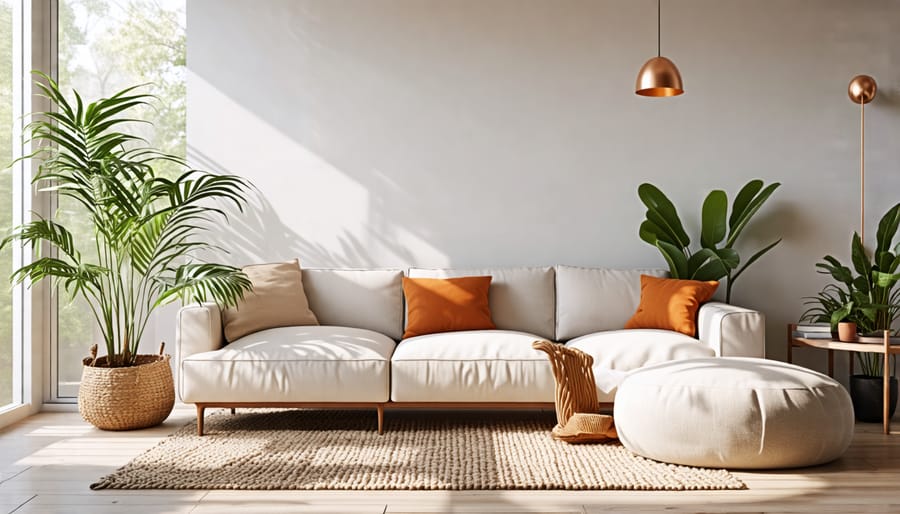
Color Psychology in Interior Design
Color plays a pivotal role in influencing the mood and atmosphere of your home, making it an essential consideration in creating a sanctuary that promotes wellness and reduces stress. Soft, muted colors like gentle blues, warm grays, and earthy greens are known to evoke a sense of calm and tranquility. These hues can be particularly effective in spaces dedicated to relaxation, such as bedrooms and living rooms, where you unwind after a long day. Incorporating pastel shades can also bring a sense of serenity and help create an inviting, peaceful environment.
When selecting colors, consider the room’s function and natural light. Brighter, airy spaces benefit from light, cool colors that enhance an open feel, while cozy corners might be enhanced by deeper shades that add warmth and comfort. Ultimately, your color palette should reflect personal tastes while promoting a soothing atmosphere. Embrace the power of color psychology to transform your home into a haven of calm, supporting your overall wellness journey.

Incorporating Nature Indoors
Bringing a touch of the outdoors inside your home can significantly enhance your sense of tranquility and well-being. One simple yet effective way to start is by introducing indoor plants. Consider low-maintenance options such as succulents or peace lilies, which can help purify the air and add a refreshing element to your space. Placing larger plants like fiddle leaf figs or palm trees in strategic spots can also create a serene environment.
If you’re seeking more substantial renovations, installing larger windows or skylights can flood your home with natural light, improving mood and reducing stress levels. Another impactful idea is to incorporate natural materials like wood or stone into your interiors. Wooden furniture, stone countertops, or even a small indoor water feature can bring the calming essence of nature closer to you, promoting relaxation and stress relief.
Textures and colors play a vital role too. Soft, nature-inspired hues such as greens, blues, and earthy tones can evoke the tranquility of the outdoors. Meanwhile, textures like wool throws or bamboo accessories can create a cozy, inviting atmosphere.
Lastly, consider using natural fragrances like essential oils or scented candles with aromas inspired by nature to complete the ambiance, helping to create a holistic, stress-reducing indoor environment. Remember, small changes can create a significant impact on your home’s overall wellness appeal.
Exploring the Role of Kratom in Home Wellness
What is Kratom?
Kratom is a natural herb derived from the leaves of the Mitragyna speciosa tree, native to Southeast Asia. Traditionally used for its mood-enhancing and calming properties, kratom has gained popularity in wellness circles as a natural stress-relief option. Many homeowners are exploring ways to incorporate kratom into their daily routines to create a serene and comforting home environment. While not a typical renovation material, kratom can be part of a broader strategy to enhance personal well-being and stress management within your living space. Always consider consulting with a healthcare professional to ensure kratom is right for your lifestyle.
Potential Benefits for Stress Relief
Exploring natural remedies like kratom can be a valuable addition to your home wellness strategy. Kratom, derived from a tropical tree native to Southeast Asia, has been noted for its calming effects, making it a potential ally in stress relief. When integrated thoughtfully into your living space, it may help create a more tranquil environment. Consider setting aside a serene corner dedicated to relaxation, where you can unwind with a warm cup of kratom-infused tea. This practice can be part of a broader renovation plan aimed at enhancing mental well-being, transforming your home into a sanctuary that supports a healthier, more balanced lifestyle.
Safe and Responsible Use
When incorporating kratom into your home wellness routine for stress relief, it’s important to prioritize safety and responsible use. Kratom should only be used by adults, and it’s crucial to follow dosage recommendations carefully to avoid adverse effects. Before starting, consider consulting with a healthcare professional to ensure it’s appropriate for your personal health circumstances. Be mindful of sourcing your kratom from reputable suppliers to ensure purity and quality. It’s also advisable to be aware of any legal regulations regarding kratom in your area, as these can vary. Responsible use of kratom can contribute positively to your stress-relief efforts when used thoughtfully and legally.
Integrating Kratom into Your Stress-Relief Renovations
Kratom-Themed Relaxation Zones
Creating a dedicated relaxation zone in your home featuring kratom elements can elevate your stress-relief efforts while aligning with holistic wellness trends. Consider devising a cozy, serene nook by choosing a spot near natural light or perhaps turning an unused corner into a tranquil escape. A budget-friendly staging approach, such as incorporating soft cushions, calming colors, and plants, can foster an inviting atmosphere. To integrate kratom, arrange a small, elegant table to serve as a focal point, where you can display kratom-infused candles or a decorative jar for storing kratom products. This not only infuses the space with subtle aromatic qualities but also embodies the herb’s soothing properties. When designing your kratom-themed haven, prioritize comfort and simplicity, allowing you to fully disconnect and relax. Keep the area free from distractions, and consider adding a sound system for playing ambient music. This simple yet effective setup transforms any room into your personal haven for stress management and rejuvenation.
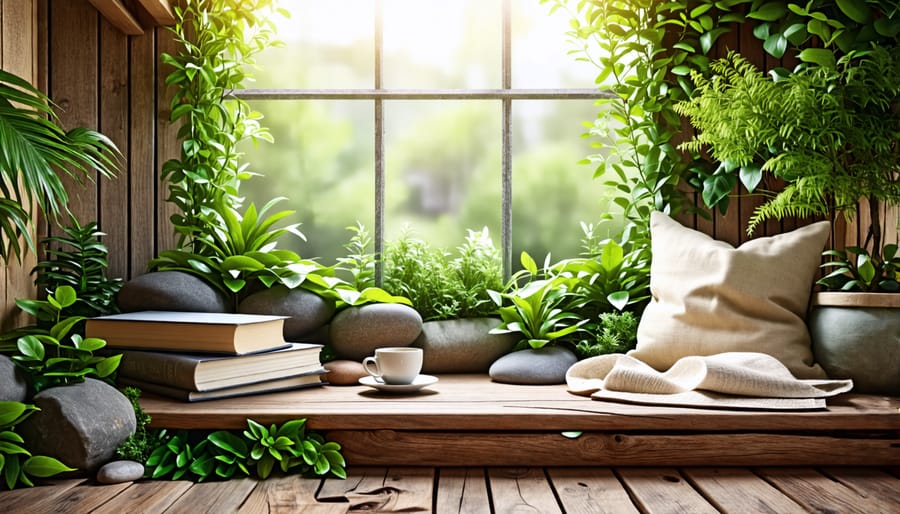
Creating a Sensory Experience
Incorporating sensory elements into your home inspired by kratom can create a tranquil sanctuary that promotes stress relief and well-being. Begin by surrounding yourself with colors known to evoke calmness, like soft greens that mimic kratom leaves, or natural earth tones that reflect the grounding essence of nature. Next, consider integrating textures that complement these hues; woven baskets, wooden elements, and organic fabrics bring a tactile richness that invites relaxation and comfort.
Lighting plays a pivotal role in setting the right mood. Opt for adjustable lighting solutions that transition from clear bright light during the day to warm, soothing tones in the evening, allowing your home to mimic the natural diurnal patterns. Essential oil diffusers with calming scents such as lavender or chamomile can subtly enhance the sensory experience by introducing soothing aromas reminiscent of a serene forest, aligning perfectly with the natural motif.
Finally, embrace nature by adding indoor plants that are easy to maintain. Their presence not only enhances air quality but also resonates with the peacefulness inspired by kratom. By mindfully choosing these sensory elements, your home becomes more than a physical space—it transforms into a personal haven of wellness and comfort.
Conclusion
In conclusion, embracing stress-relief renovations can transform your home into a sanctuary of peace and tranquility. By thoughtfully incorporating elements like kratom, homeowners can create a nurturing space that supports mental wellness and relaxation. Whether you’re looking to enhance your current home or increase its market appeal for selling your house, these renovations present an intriguing opportunity to add unique value. Start by exploring how natural elements can seamlessly blend into your living environment, from calming color palettes to sensory gardens. As you take these exciting steps, considering kratom’s potential role in your renovation plan is a testament to your commitment to holistic wellness. We encourage you to take inspired action towards these home improvements, leading to a more serene and inviting personal space. With practical changes, you’ll find that achieving tranquility at home is not only possible but also immensely rewarding.

